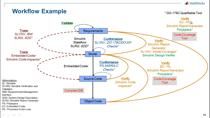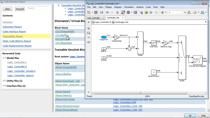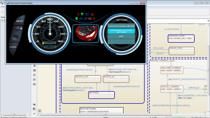Danfoss Accelerates Digital Transformation with MathWorks and Model-Based Design
Wladimir Schamai, Danfoss
Michael Laursen, Danfoss
Danfoss partnered with MathWorks to invest in and scale Model-Based Design to streamline software development. Hear about the successful outcome of this investment from Danfoss executives Michael Laursen, director of digital products, and Wladimir Schamai, head of digital engineering enablers.
“Our mission is to step up the way we use modeling and simulation for digital engineering—it enables us to develop faster and add value to our customers.”
—Wladimir Schamai, head of digital engineering enablers, Danfoss
This user story discusses:
- How and why Danfoss reduced the need for physical prototypes by maintaining a single codebase for both product deployment and simulation
- How Danfoss worked closely with MathWorks for training and support, adopting a community-based approach to share best practices and to learn from each other
- Why Danfoss executives believe the company holds a competitive advantage and is now better equipped to collaborate and engage with customers
- The managerial and leadership issues Danfoss had to overcome when deploying a new technology into its development process
Published: 21 Feb 2024





